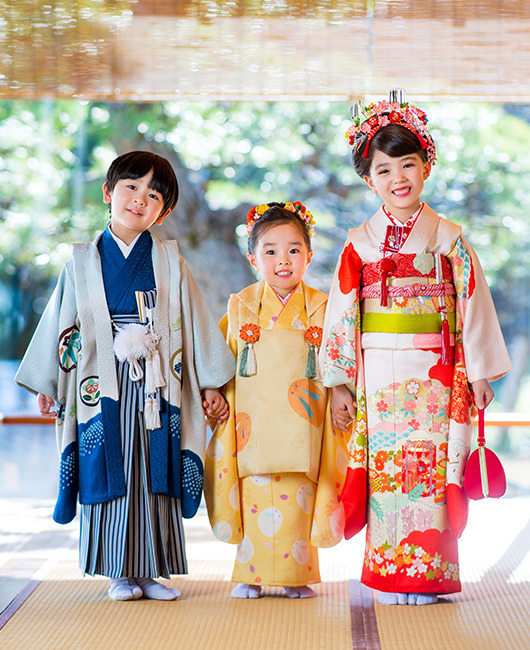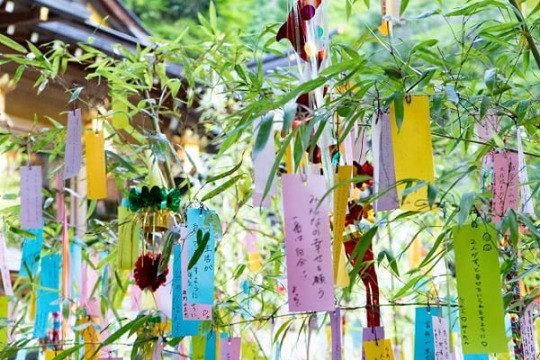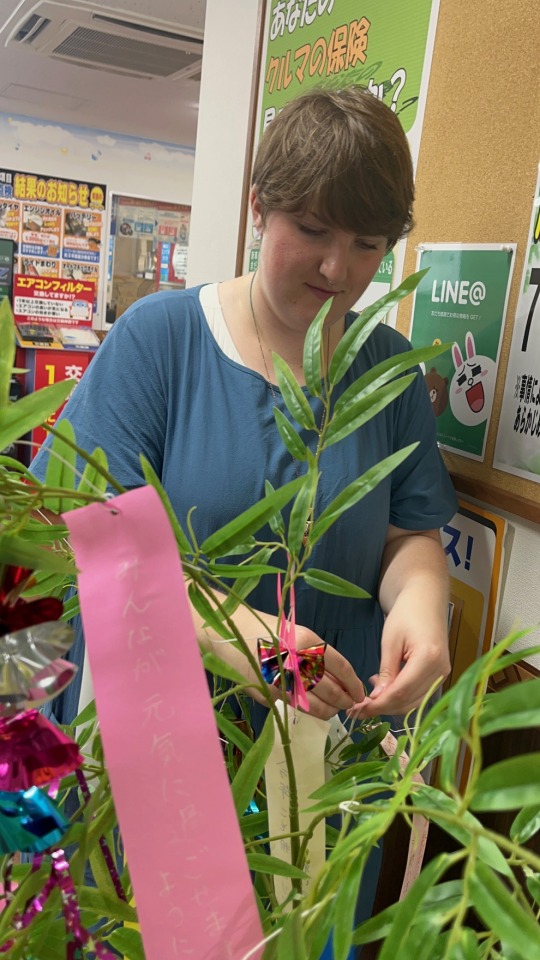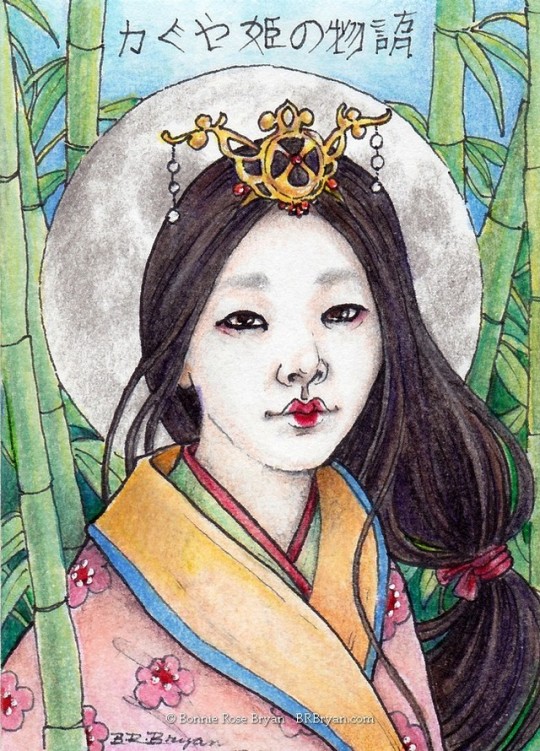#japanese folktake
Text
tanabata

Tanabata, sometimes known as Star Festival, is a Japanese holiday that falls on July 7th. It originally came from the Chinese holiday Qixi, but is celebrated in its own way in Japan.
A quick and slightly related fun fact: lucky numbers in Japan are 3, 5, and 7. There's a holiday called Shichigosan, literally meaning 753, in which children who are turning 7, 5, or 3 years old dress up and go to a shrine to celebrate and wish for good health. Because of this, some of Japan's biggest holidays also occur on days with these numbers. Hinamatsuri, celebrating young girls is on March 3rd (3/3). Children's Day, historically celebrating young boys but now including all children, is on May 5th (5/5). And Tanabata, the Star Festival where people make wishes, is on July 7th (7/7)!

Okay, back to Tanabata. According to the folktake on which it's based, there was a man named Hikoboshi and a woman named Orihime. Orihime could weave beautiful cloth and spent all of her time down by the river weaving for her father. She became upset over time that she spent so much time weaving and she couldn't fall in love. Her father then allowed her to marry Hikoboshi, a cow herder from across the river. The two fell in love, but soon Orihime became distracted in her romance and couldn't complete her weaving duties. This angered her father and he forbid her to see her husband again. She pleaded with him to let them meet, and he decided that he would allow them to cross the river and meet each other only once each year on the seventh day of the seventh month. The first time that the couple were to meet, they found there was no bridge to cross the river. Orihime wept, but a group of magpies appeared and created a bridge for them to cross. Now it's said that if it rains on Tanabata, the magpies are unable to come and make the bridge, so the rain on Tanabata is now called "the tears of Orihime and Hikoboshi." This story was centered around the stars of Vega and Altair (Orihime and Hikoboshi), separated by the Milky Way (the river), which is why it's called the Star Festival.

Because this story is of young lovers, the holiday is celebrated by couples in China as a kind of Chinese Valentine's Day, but in Japan it's celebrated by everyone and seen as a holiday for making wishes.
Since I'm a big fan of old Japanese poetry, particularly the Ogura Hyakunin Isshu, here's a special poem representing Tanabata:
かささぎの
渡せる橋に
おく霜の
白きを見れば
夜ぞふけにける
If I see that frost-covered
heavenly bridge
spanned by magpies
I'll know the night
has drawn to a close
This poem was written to compare the Orihime and Hikoboshi folktale to the frost-covered steps of the imperial palace on a dark winter night. Thus this poem evokes strong and beautiful winter imagery while also alluding to the famous Star Festival. It was very popular for traditional poetry to include double meanings combining natural scenery and cultural references.
The most popular custom during the Tanabata season is writing wishes on colored strips of paper and tying them to a bamboo tree. During this time, I can see many Tanabata bamboo trees in my schools and other public places, but surprisingly, few Japanese people keep them in their houses. They are more of a public event shared together outside of the home.


I even saw one at my car repair shop. I had gotten a flat tire, so I wrote a wish on the tree hoping that my car would be safe from needing further repairs, haha.



Tanabata is a fun holiday. I hope everyone's wishes come true!
0 notes
Photo

Sarayashiki (The House of Broken Plates), from the series One Hundred Ghost Tales
by Katsushika Hokusai 葛飾北斎
1831-1832
woodblock print, via Smithsonian National Museum of Asian Art
#ghost#one hundred ghost tales#hyaku monogatari#yurei#japanese art#asian art#edo period#katsushika hokusai#ghost story#Banchō Sarayashiki#kaidan#japanese folklore#japanese folktake
119 notes
·
View notes
Photo

The Tale of Princess Kaguya
This is a minitaure artist trading card, only 2.5″ x 3.5″
ink, watercolour, and coloured pencil
www.BRBryan.com
#princess kaguya#kaguya#kaguyahime#kaguya hime#the tale of princess kaguya#the tale of the bamboo cutter#fairytale#folktale#japan#japanese#japanese prince#moon#moon prince#magical#bamaboo#japanese folktake#Illustration#traditional art#mixedmedia#mixed media#mixed media art#freelance artist#artists on tumblr#brbryan
1 note
·
View note